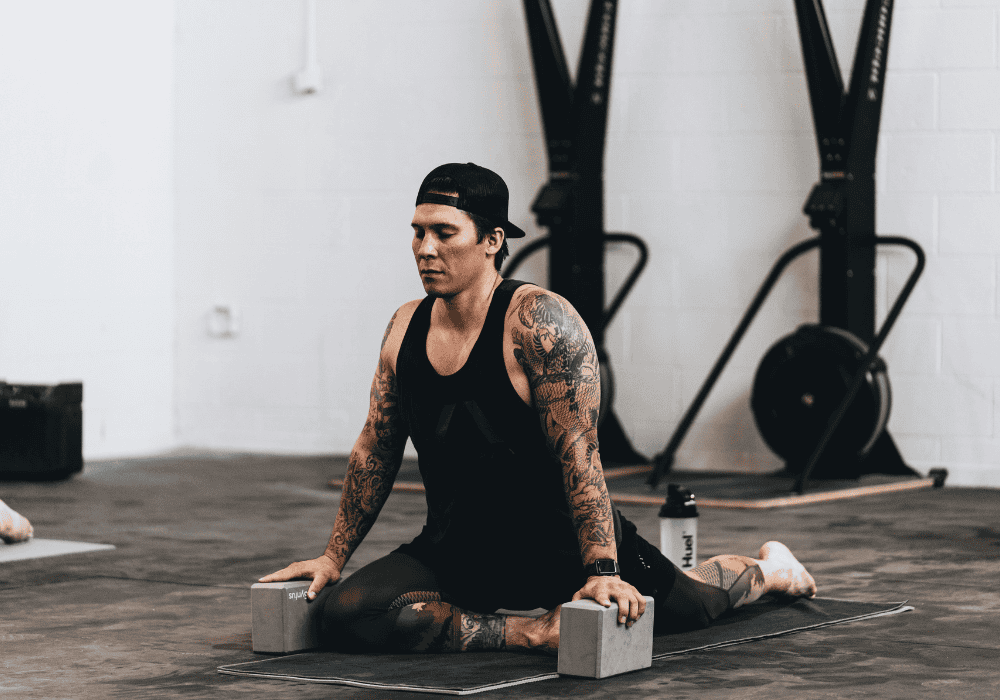Exercise as Therapy: Overcoming Challenges with Movement
We’ve all heard the benefits of exercise for mental health —from improving physical health to boosting mental well-being. However, many of us struggle to make it a regular part of our lives. Barriers like lack of time, motivation, or physical limitations can stand in the way. But the good news is that these challenges can be overcome with the right mindset and approach.
In this post, we’ll explore what gets in the way of exercise for mental health and provide practical strategies to help you move past them, so you can make movement a positive, sustainable part of your routine.
You might also like: Why Self-Care Matters: Tips for Prioritising Your Mental Health
1. Lack of Time
The Challenge: One of the most common reasons people avoid exercise is feeling like there simply aren’t enough hours in the day. Between work, family commitments, and everything else, finding time to work out can feel impossible.
How to Overcome It:
- Start Small: You don’t need an hour-long workout to see the benefits of movement. Try starting with short 10-15 minute sessions. Even a quick walk or stretching routine during a lunch break can make a difference.
- Incorporate Movement into Your Day: Look for opportunities to move more in your everyday life. Park farther away, take the stairs, or do some stretching while watching TV. Small actions can add up over time.
- Schedule It: Treat exercise for mental health like any other important appointment by scheduling it in your calendar. Pick a time that works for you, whether it’s in the morning before the day begins or a quick session in the evening.
2. Lack of Motivation
The Challenge: Staying motivated can be hard, especially when you don’t see immediate results. Many people start strong but struggle to keep up the momentum over time.
How to Overcome It:
- Find an Activity You Enjoy: If you’re dragging yourself to do something you don’t like, it’s no wonder your motivation drops. Try different types of exercise until you find something you look forward to—whether that’s cycling, swimming, yoga, or dancing.
- Set Small, Achievable Goals: Break your larger fitness goals into smaller, more manageable steps. Celebrate those victories, no matter how small they may seem. Progress is progress!
- Enlist a Friend: Exercising with a friend or family member can be a great motivator. Not only does it make working out more enjoyable, but having someone to keep you accountable can push you to stay consistent.
3. Physical Limitations
The Challenge: Physical injuries, chronic pain, or disabilities can make traditional exercise feel overwhelming or impossible.
How to Overcome It:
- Modify Your Routine: There are countless ways to modify exercises to suit your physical needs. Low-impact options such as swimming, chair exercises, or water aerobics are gentle on joints and can be more accessible for those with mobility challenges.
- Consult a Professional: If you’re unsure where to start, consider working with a physiotherapist or fitness trainer who specialises in adaptive exercises. They can tailor a routine to your specific needs and help ensure you’re exercising safely.
- Focus on Flexibility and Strength: Even if traditional cardio or strength training feels out of reach, working on flexibility and gentle stretching can improve range of motion and reduce pain.
4. Boredom with Routine
The Challenge: Doing the same exercises over and over again can lead to boredom and burnout, making it harder to stick with a routine.
How to Overcome It:
- Mix It Up: Variety is key. Try new activities like hiking, martial arts, or even dance classes. Switching up your routine can make exercise feel fresh and exciting.
- Set Challenges: Giving yourself new challenges, like mastering a yoga pose or improving your 5k time, can keep you engaged and motivated to push forward.
- Incorporate Fun Elements: Listening to music, podcasts, or even audiobooks during your workouts can help pass the time and make exercising more enjoyable.
5. Lack of Support
The Challenge: It can be hard to prioritise exercise if you don’t have the support of friends, family, or community.
How to Overcome It:
- Join a Group or Class: Group fitness classes or online communities provide motivation, encouragement, and a sense of accountability. Whether it’s a yoga group, a running club, or even a virtual exercise class, being part of a community can make exercise more enjoyable and sustainable.
- Seek Professional Guidance: Personal trainers or fitness coaches can provide structure and encouragement, helping you set goals and stay on track.
- Get Your Family Involved: Invite your family to exercise with you. A weekend bike ride or family fitness challenge is a great way to stay active together and create healthy habits for life.
Final Thoughts
Exercise isn’t just about getting in shape; it’s a therapeutic tool for mental clarity, emotional balance, and improved quality of life. By identifying and addressing the barriers that stand in your way, you can begin to see movement as something positive and achievable. With a few adjustments and the right support, anyone can make exercise a regular, fulfilling part of their daily life.
At Body and Mind, we’re here to support your health and wellness journey. Whether you’re looking for personalised advice or additional guidance, our telehealth psychology and counselling services, along with our support programs, including NDIS, workover psychology, and Veteran’s programs, are designed to help you overcome challenges and live a healthier, more balanced life.
Book a Free Consultation Today! Let us help you find the right approach to achieve your goals.
